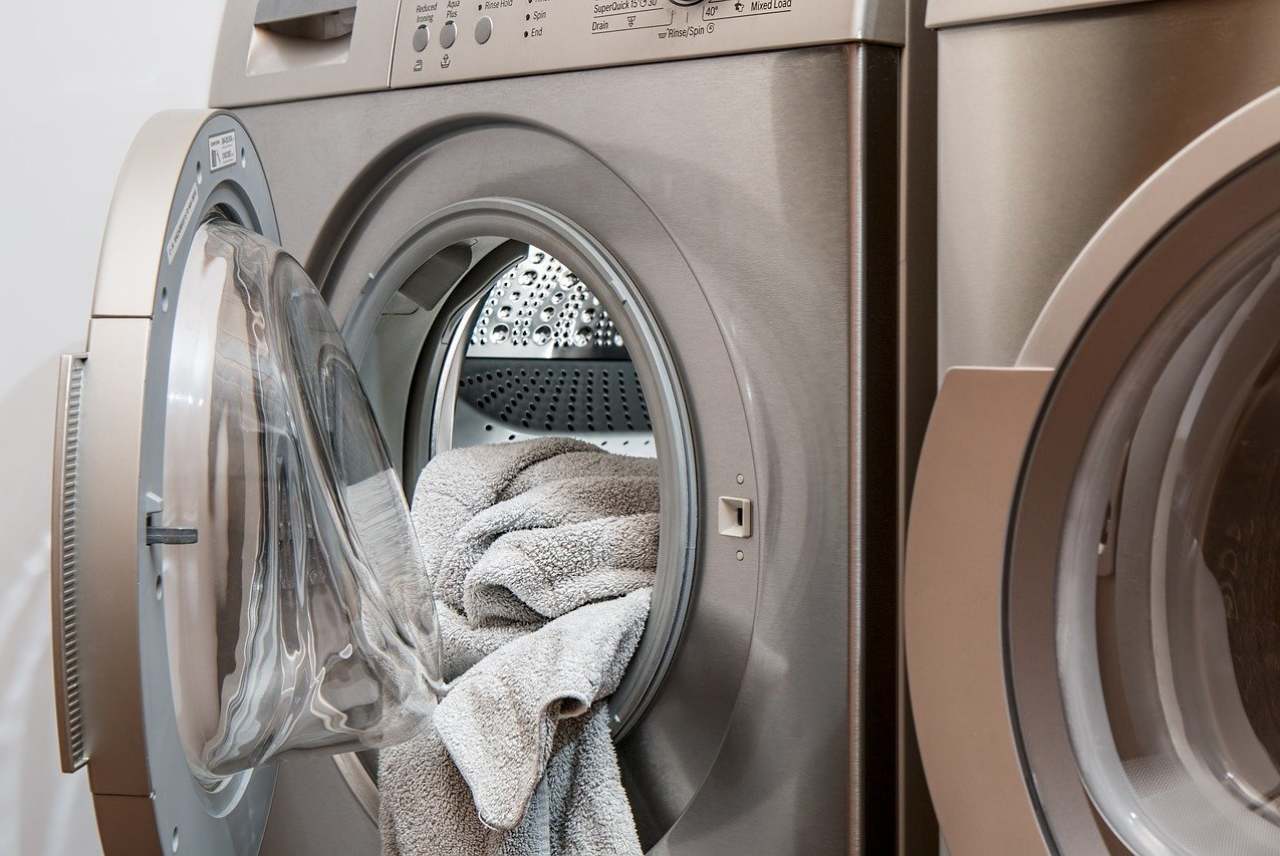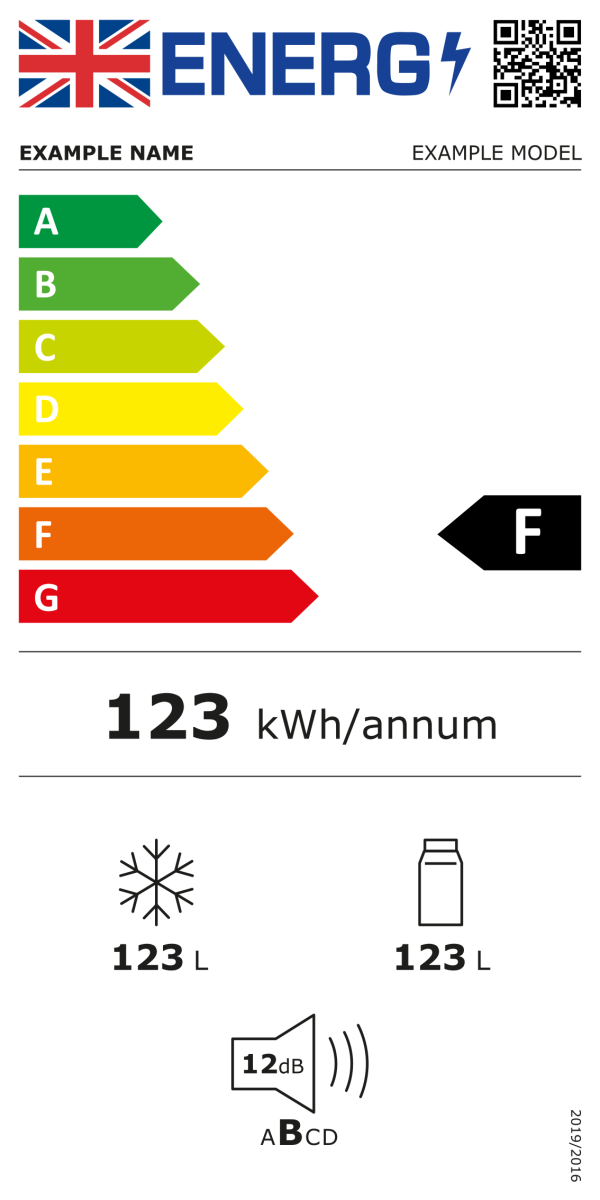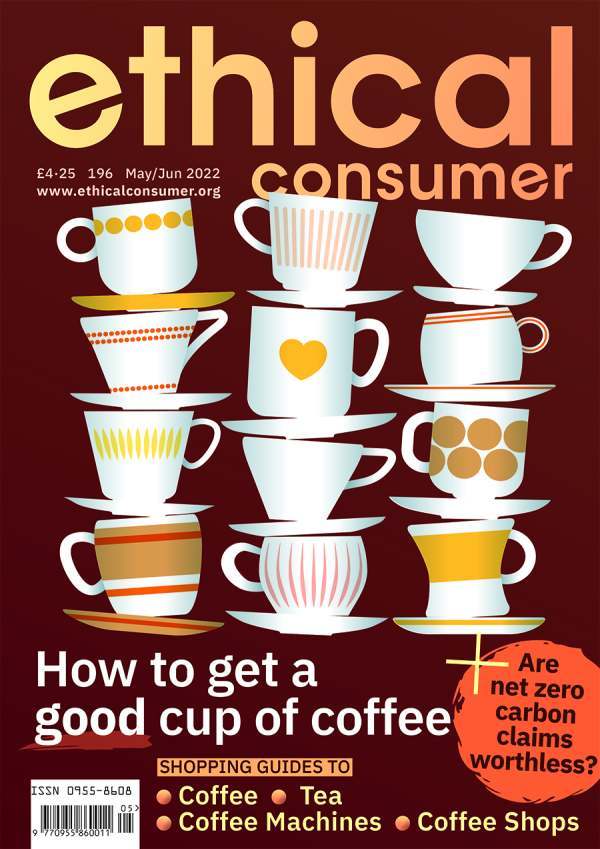As the label enthusiasts among you are no doubt already aware, 1st March 2021 was a momentous day in the world of energy labelling, being the official launch of a ‘new generation’ of EU energy labels.
The EU energy labels were first introduced for a number of household appliances in 1994 to help consumers choose more energy efficient products. The labels list energy performance on an ‘A’ to ‘G’ scale and have been widely praised for encouraging manufacturers to innovate and produce more efficient products.
Has Brexit affected the energy label?
Of course, since casting off the shackles of EU bureaucracy, the UK is free to boldly go its own way, but in this instance we’ve chosen to follow suit – the only notable difference between the EU and UK labels is that the latter will now proudly boast the Union Jack instead of the Flag of Europe.
It’s good news that the UK is continuing with this labelling scheme, but we should have settled for nothing less. The government had previously stated that, following Brexit, the UK would “match and even exceed EU eco-product regulations” as part of its plan to reach net-zero carbon emissions by 2050.








